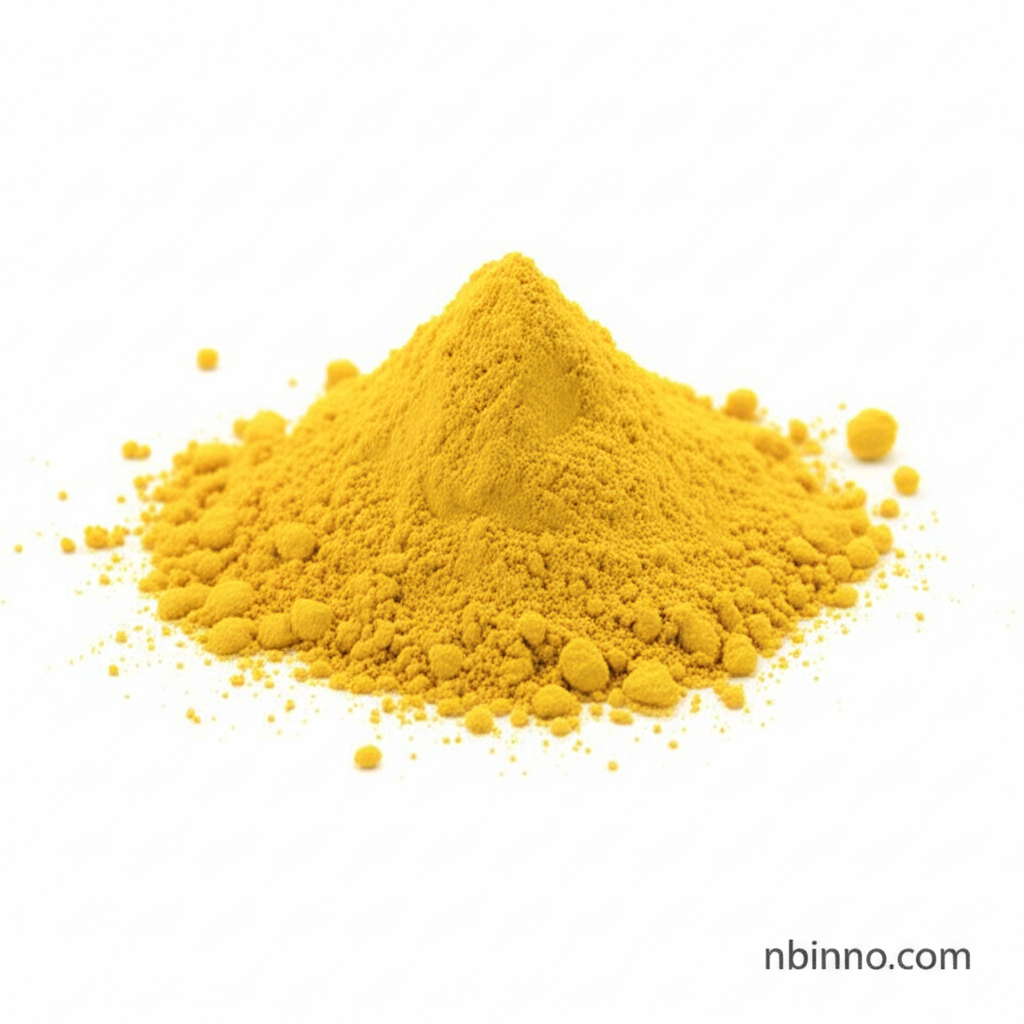Nystatin (CAS 1400-61-9): Properties and Applications in Research
Explore the key characteristics and research utility of this vital antifungal agent.
Get a Quote & SampleProduct Core Value

Nystatin
Nystatin is a potent polyene antifungal antibiotic renowned for its ability to disrupt fungal cell membranes. Its specific mechanism of action, targeting ergosterol, makes it a valuable tool in both laboratory research and certain therapeutic applications. The chemical profile and established efficacy of Nystatin contribute to its widespread use.
- Understanding the Nystatin antifungal mechanism reveals how it selectively targets fungal cell membranes, leading to leakage and cell death.
- The significance of Nystatin CAS 1400-61-9 properties in research settings cannot be overstated, offering a well-characterized compound for study.
- Exploring Nystatin cell culture use demonstrates its efficacy in preventing fungal contamination in vital experiments.
- Crucial Nystatin safety data ensures responsible handling and application in research environments.
Advantages of Using Nystatin
Broad-Spectrum Antifungal Activity
Nystatin exhibits a wide range of activity against various fungi, making it a versatile agent for controlling fungal infections and contamination in research, particularly in contexts related to Nystatin cell culture use.
Selective Membrane Disruption
Its unique mechanism of binding to ergosterol in fungal cell membranes offers a degree of selectivity, a key aspect of its Nystatin antifungal mechanism, minimizing impact on host cells.
Well-Documented Research Applications
With extensive literature, the Nystatin CAS 1400-61-9 properties are thoroughly understood, facilitating its integration into diverse research protocols and studies.
Key Applications
Cell Culture Contamination Prevention
In cell culture, Nystatin is frequently employed to prevent fungal contamination, ensuring the integrity of experimental results, a primary benefit highlighted in discussions of Nystatin cell culture use.
Biomedical Research Tool
Researchers utilize Nystatin to study fungal biology, cell membrane interactions, and the efficacy of new antifungal compounds, leveraging its known Nystatin antifungal mechanism.
Pharmaceutical Intermediate Studies
As a well-characterized compound, Nystatin serves as a reference or model in studies related to the development and understanding of pharmaceutical intermediates, benefiting from insights into its Nystatin CAS 1400-61-9 properties.
Drug Discovery and Development
Its antifungal properties make it a subject of study in drug discovery, aiding in the development of novel treatments and understanding resistance mechanisms, with emphasis on Nystatin safety data for evaluation.
